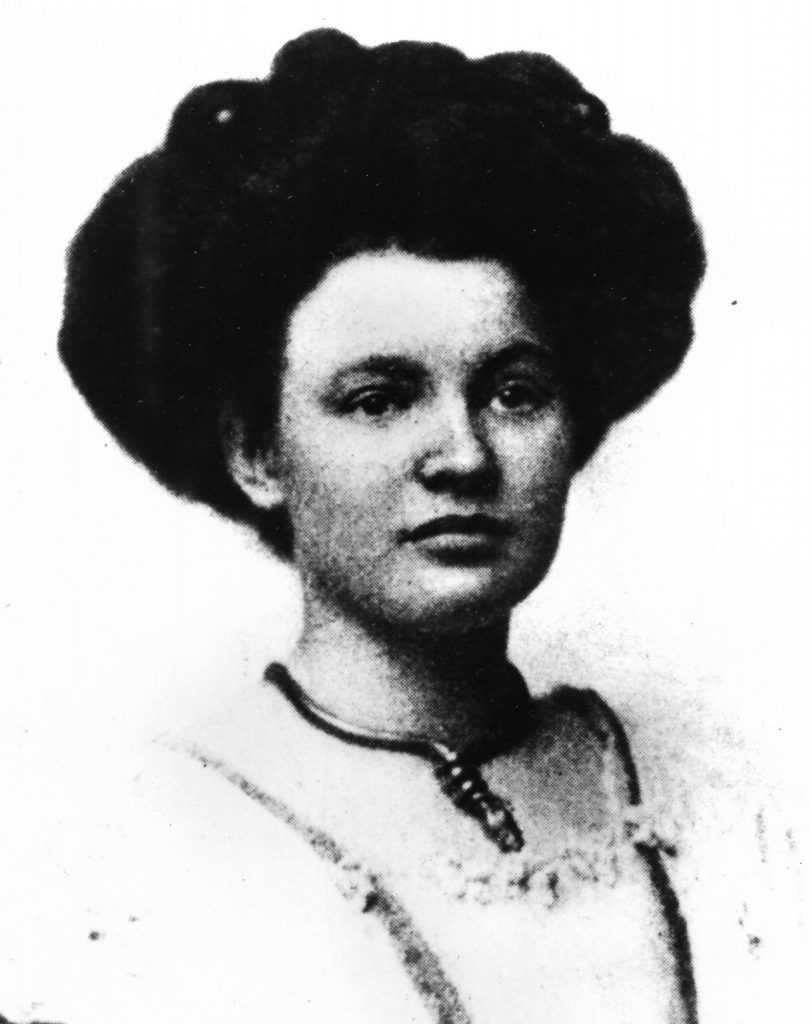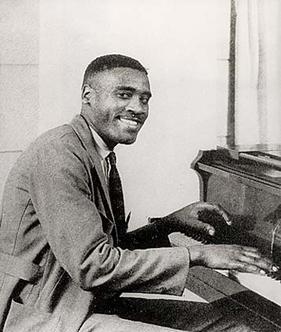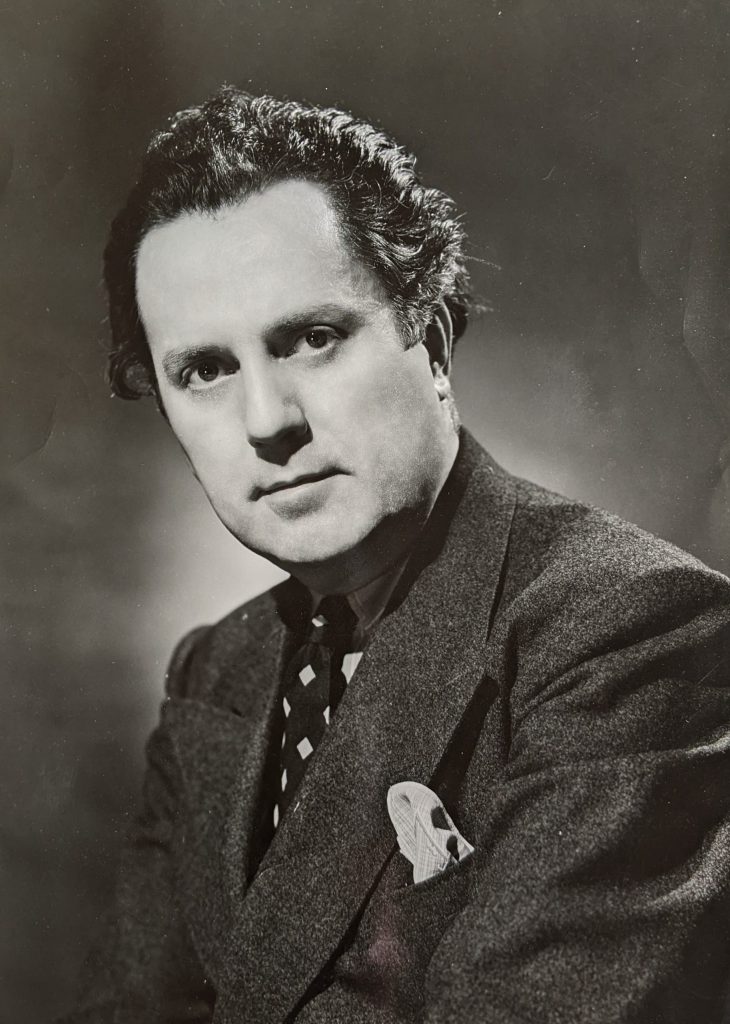Even though Indianapolis is not known as a music center, it has been home to several noteworthy 20th-century composers, especially in popular music, , and . Perhaps the earliest of Indianapolis’ well-known composers were brothers . Harry, said to have written more than 3,000 songs, had his first success with “Only a Bird in a Gilded Cage.” He also wrote “Nellie.” Albert Von Tilzer is probably most famous for the music to “Take Me Out to the Ball Game” (1908). During this same period, Indianapolis native Frederick “Fritz” Krull became well known for setting poems to music, while Fred A. Jewell began to earn his sobriquet of “Indiana March King” by composing the earliest of what would grow to be nearly 200 marches.

Several Indianapolis composers made significant contributions to ragtime music. popularity as a ragtime songwriter was at its height from 1909 to 1918. May’s notable efforts included “Dusty Rag” (1908), “Buzzer Rag” (1909), and “Blue Ribbon Rag” (1910). She also collaborated with Indianapolis pianist Paul Pratt, whose rags “Vanity” and “Walhalla” were published in 1909 and 1910. Julia Neibergall published “Hoosier Rag” in 1907 and in 1911 “Horseshoe Rag.” Glenn Leap, another Indianapolis rag writer, wrote “Stewed Chicken” (1912) and “That Demon Rag” (1911). One of his early successful vaudeville songs was “Everything He Does Just Pleases Me.” Cecil Duane Crabb turned out several compositions after 1910 including “Klassicle Rag” and “Fluffy Ruffles” (1917). The most famous of the local ragtimers was , whose early hits included “Sapho Rag” (1909) and “Dynamite Rag” (1911). “Eccentric Rag” brought Robinson’s ragtime career to its peak, and his hit song “Maigie” followed in 1920.
One of the most famous Indiana composers of any era was Hoagland “Hoagy” Carmichael, who brought his orchestra to Indianapolis in the mid-1920s. One of his first successful numbers was “Washboard Blues”; Al Jolson made “Lazy Bones” popular, and “Stardust” achieved international renown. Hoagy’s early influence was important for the introduction of “sock-time,” a rhythmic innovation that was present in all the better hot jazz coming from campuses in the 1920s—the precursor of “swing.”

In the fields of jazz and blues, Indianapolis produced composers such as , whose works, including his song about Indianapolis, “Naptown Blues” (1929), were to have an impact upon both his contemporaries and future blues artists; ; Frederick Dewayne “Freddie” Hubbard, whose 1972 album, “First light,” won a Grammy as best jazz performance of the year; Leroy Vinnegar, best known for his compositions “Hard to Find” and “For Carl,” which was dedicated to the memory of fellow city native, pianist Carl Perkins; , considered by most critics to be the “founder of the modern generation of jazz trombonists” and the composer of a number of extended pieces such as “El Camino Real, Sketch for Trombone and Orchestra;” Robert J. “Bobby” Sherwood, Edward Lamonte “Pete” Franklin and his mother, Flossie Woods Franklin, who wrote many songs for Leroy Carr and “Scrapper” Blackwell; and and . Other notable blues and jazz composers with Indianapolis ties include William Thomas “Champion Jack” Dupree and .
In the area of pop-rock, Indianapolis’ two best-known composers are Henry Lee Summer and John Hiatt. Since the early 1980s Summer had released a series of albums including “Stay with Me” (1984), “Henry Lee Summer” (1988), and “Way Past Midnight” (1991). From the release of his first album, “Hanging Around the Observatory,” in 1974, through 1993’s “Perfectly Good Guitar,” Hiatt had written over 600 songs which have been performed by well over 100 artists including Bob Dylan, Bonnie Raitt, the Neville Brothers, and Roseanne Cash.

In the 1970s Indianapolis-born composer Nancy Ford, along with her partner and fellow Hoosier, lyricist Gretchen Cryer, had the distinction of becoming the first women collaborators to have a show reach Broadway: (1973). Among their other works were the hit shows (1970) and (1978).
During the first half of the 20th century, the city’s best-known composers of orchestral and sacred music included Ellis Levey, , Carl Hahn, Adolph Schellschmidt, Nicola A. Montani, and Charles F. Hanson. Contemporary composers include Indianapolis native Easley Blackwood Jr., Michael Schelle, and Composer-in-Residence David Ott.
*Note: This entry is from the original print edition of the Encyclopedia of Indianapolis (1994). We are currently seeking an individual with knowledge of this topic to update this entry.

Help improve this entry
Contribute information, offer corrections, suggest images.
You can also recommend new entries related to this topic.

